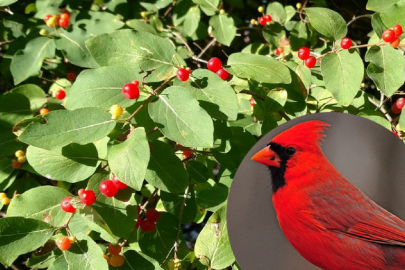In this month's Nature Notes: Oh, the surprising things that ruffed grouse have in common with snowshoe hares and aspen trees. >>
Read moreStay current
Get river news, FMR updates and event calendars twice a month.
article

update

article
Each year, the cool fall weather is accompanied by a flurry of wildlife activity. Most species are busy preparing for the winter — gathering and storing food, prepping their nests and burrows, and putting on a few extra pounds. In the Twin Cities, no animal is a better example of this than the gray squirrel.
While many residents consider them a bit of a nuisance — chattering from the trees, darting across streets, and leaving piles of chewed food on decks and sidewalks — these smart little critters have an interesting history and impressive adaptations that allow them to flourish in our human-dominated landscape. >>
Read more
article
Each fall, two common invasive plants produce starkly colored berries: European buckthorn bears shiny jet-black fruit while bush honeysuckle produces brilliant red to yellow berries. Unfortunately, birds that dine on the fruit not only spread the invasives' seed but are negatively impacted by the berries themselves — they can even disrupt some birds' mating patterns! >>
Read more
article
This surprise visitor to the Robert Street lift bridge is commonly found in trout streams and is considered an indicator of good water quality.
Read more
Get river news, FMR updates and event calendars twice a month.
Receive FMR's biweekly email newsletter, Mississippi Messages Sign up